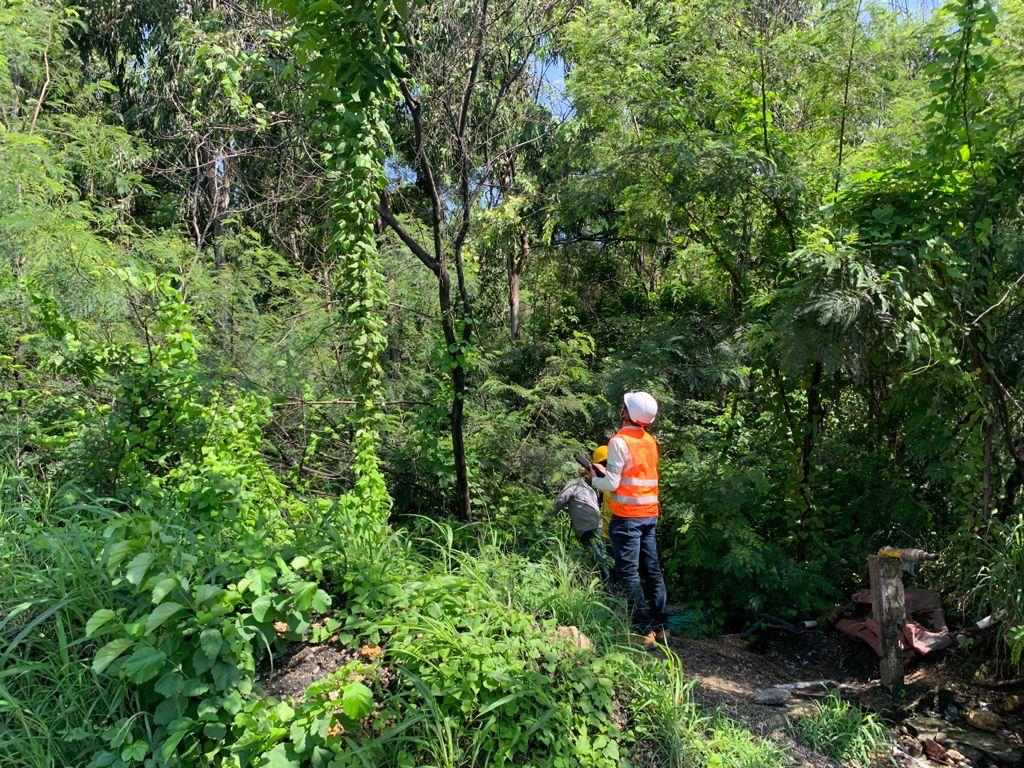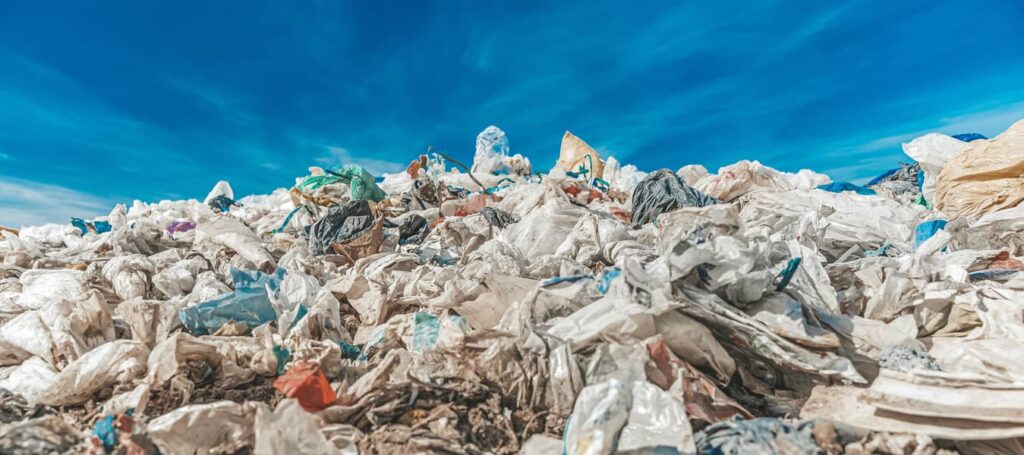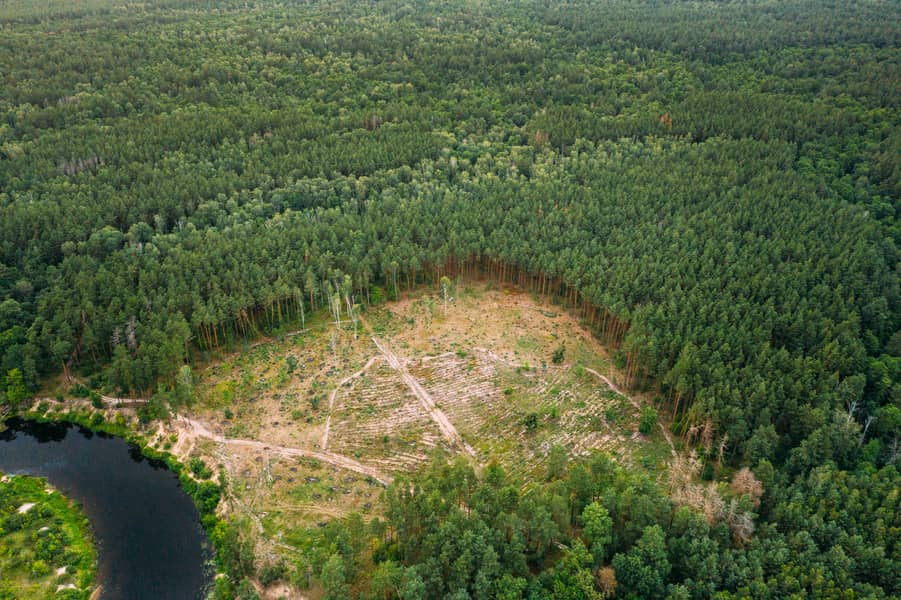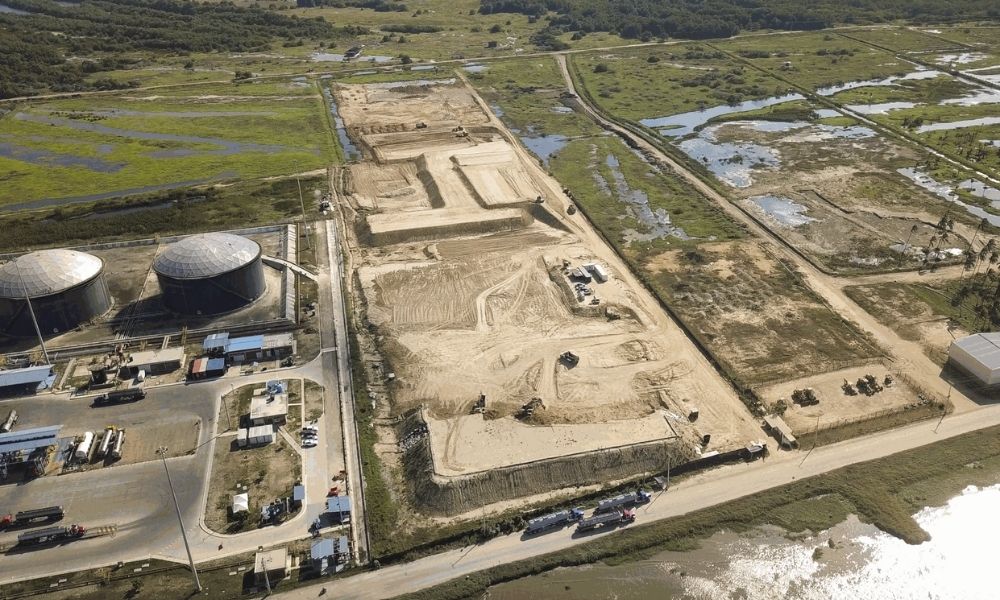We can all make a change to reduce the environmental impact in Colombia. The richness of Colombia’s national land produces fascinating contrasts: Natural scenery that offers us deserts at sea level, high peaks covered in snow, and lush jungles too. Culturally, in this country, contrasts are also common, different dialects, music genres, ethnic groups, among others.
Unfortunately, there are contrasts, we would not like to talk about, or at least not so proudly. Colombia is a “green” country, known for its tropical forests, abundant in biodiversity and… at the same time, its biodiversity is under serious threat.
Such issues have generated an environmental impact, visible in regional crisis that required the immediate state aid. But, in other places, where these kinds of emergencies have not occurred, the future is not very clear, unless the state takes preventive action.
In this article, we will see the most challenging environmental issues Colombia faces today.
1. Deforestation: The country’s main challenge

The official figures for the total loss of forests during 2021 are not yet available. In 2022, it is estimated that deforestation in Colombia is about 171,685 hectares, this means an increase compared to 2019 (158,894 hectares). In other words, there was an increase of 8%, which was a blow to the previous statistics that had been showing an annual decrease.
To understand the environmental impact that the current rate of logging is having in the country’s forests, the vegetation cover that is lost annually would be equivalent to destroying a forest the size of Barranquilla about 11 times.
Different activities are the cause of the uncontrolled deforestation that the nation is experiencing, we quote them below.
Main causes of deforestation in Colombia
- Praderization, that is, the extension of pasture areas through the felling of forest
- Illicit crops
- Illegal minery
- Unplanned road infrastructure
- Expansion of the agricultural and livestock frontier in non-permitted areas
- Illegal logging
The advance of the agricultural frontier dilemma
Most of the deforested areas in Colombia are used to obtain pasture for cattle. At this level, it should be clarified that the environmental impact of cattle ranching in Colombia on the forests is occurring, mainly, when the agricultural frontier is extended to areas not designated for it.
Occupying these areas with cows has made this issue a more difficult challenge to solve:
Finding an efficient way to stop deforestation, or start a reforestation plan, adds the question of where all the cattle should be relocated, for example.
Deforestation in Colombian Caribbean
The Colombian Caribbean is also affected by deforestation. Below we show the deforestation report delivered by IDEAM for the year 2019 (All values are given in hectares):
- Bolívar: 3.074
- Córdoba: 1.762
- Magdalena: 581
- La Guajira: 550
- Cesar: 444
- Atlántico: 18
Although deforestation in our country grows faster than our capacity, our commitment to the environment is to take the necessary measures to mitigate it.
There are different environmental reforestation projects that contribute to the environment. For example, the reforestation project of Palermo in the Magdalena. It is an example that, when seeking to protect the environment, there is also a transformation at a social and economic level, improving the living conditions of those who inhabit the region.
2. The environmental impact of illegal mining in Colombia
To describe the negative effects that illegal mining has in the country is to touch on other points that we talk about in this article: deforestation and water pollution. However, they are only the tip of the iceberg.
The humanitarian problem generated by illegal mining is very serious. It goes beyond mercury poisoning caused by contamination of nearby water used for consumption. Because illegal mining is one more link in a chain of other crimes and human rights violations.
Returning to the ecological point of view, illegal mining in Colombia has a strong environmental impact, contributing to the destruction of extensive forest areas, to the point that it is estimated that 68% of deforestation reported in 2019 was due to exploitation of illicit minerals.
On the other hand, despite the fact that in Colombia since 2018, with the ratification of the Minamata agreement, the use of mercury in mining has been eliminated, this metal continues to be used in gold extraction processes. So, along with other toxic substances like cyanide, they pollute the water sources that humans and wildlife depend on.
Harmful effects of mercury on human health can occur with even slight exposure. In addition, it is bioaccumulative, this means that it passes from one organism to another in the food chain, for this reason poisoning can also occur when consuming fish from contaminated sources.
3. Poor management of solid waste

Colombia has made progress in waste management. For example, there has been a reduction in the number of open dumps; and with the implementation of resolution 1407 of 2018, it is expected that more and more will be recycled.
Despite these encouraging facts, there is still a long way to go to reduce the environmental impact caused by poor solid waste management in the country. The most recent figures prove it.
Recycling and reusing
Of almost 12 million tons of solid waste currently generated, only 16.5% of it is being recycled. It is estimated that at least 40% of the waste that is being generated in Colombia is reusable. Therefore, we find a remarkable amount of waste that becomes unnecessary burdens for the country’s landfills.
Improve the system of solid waste disposal
As mentioned above, in Colombia there are fewer and fewer open-air dumps. These irregular systems for disposing of waste have a negative environmental impact and also produce risks to human health. By 2020, there were 84 open-air dumps, about 14 fewer than those reported in 2019. A challenge facing the country will be to reduce them to a minimum and solve the problems that are occurring in various sanitary landfills in the country.
Environmental awareness, citizen culture and waste disposal
The lack of infrastructure to properly dispose of waste, or reuse it, is added to the environmental impact of waste thrown into the street by citizens. This waste ends up in sewers, canals, rivers, and even the ocean. The largest amount of waste that ends up in the sea is single-use items, such as bags, straws, among others.
4. Water contamination
Colombia, a country rich in water, also faces the scarcity of this vital resource in many regions. It does not matter that it is within the 10 countries with the most water resources in the world, there are several factors that trigger this problem of scarcity, one of them is the sudden dry or rainy seasons and on the other hand, water contamination.
As previously considered, illegal mining is a factor in the contamination of water sources with mercury, cyanide, and other toxic substances. The danger in this or similar cases is such that even coming into contact with contaminated water is putting your health at risk.
In other areas of the country, the lack of sanitary infrastructure is the trigger for wastewater contamination. The lack of access to quality water is causing vicious circles of poverty and even displacement of vulnerable populations.
5. Illegal trafficking of fauna and flora
Wildlife trafficking is a global problem that has become a lucrative business. In fact, it is economically equal to other transnational crimes such as human trafficking and drug trafficking. Colombia also is appearing in the eyes of mercenaries as a pantry of exotic species.
In 2021 alone, the number of species seized in Colombia exceeded 18,000 animal species, and flora, by more than 282,000. Many are unaware that of the wildlife species that are trafficked, more than half die, and that many of the species that are common to some ordinary citizens, such as parrots, macaws, monkeys, and others, should remain in their natural habitat, as they are not domestic animals.
The environmental impact of wildlife trafficking
The extraction of animal or plant species generates a great impact on the environment, some of these effects are:
- Destruction of the habitat of the extracted species
- Alteration of the ecosystem due to the reduction of populations of animal or plant species
- Contamination of the environment due to the bad practices of poachers and traffickers of species in general
What we can do to mitigate environmental impact in Colombia

As the article has shown, the environmental challenges facing the country, directly or indirectly, have just come into the lives of each one of us. From the industrial and business point of view, having the best advice in the management of natural resources will allow us to have a minimal impact on the environment, or better yet, generate a positive impact on it, whether in restoration processes.
Finally, as individuals, we must have an awareness that helps us see the environmental responsibility we have not only with the immediate environment, but also with the planet and, of course, act accordingly.









